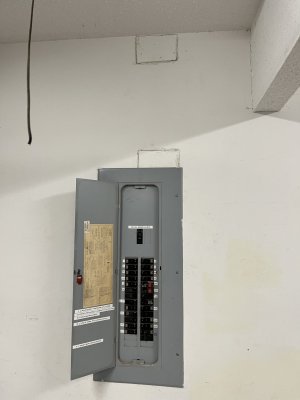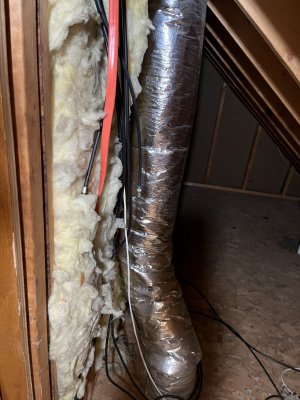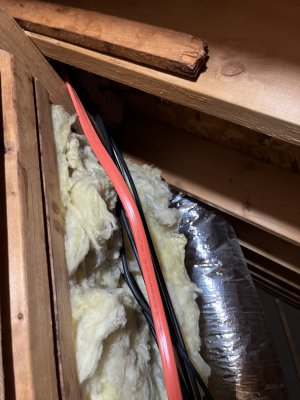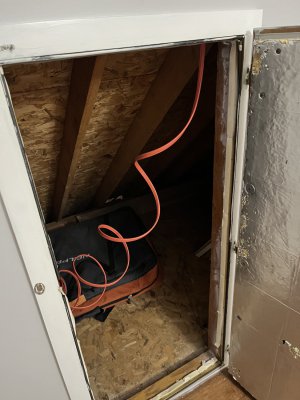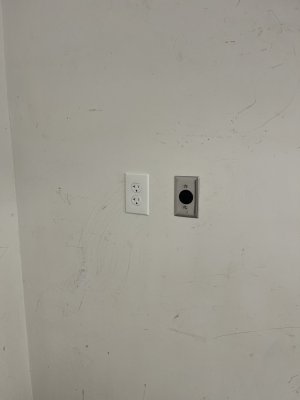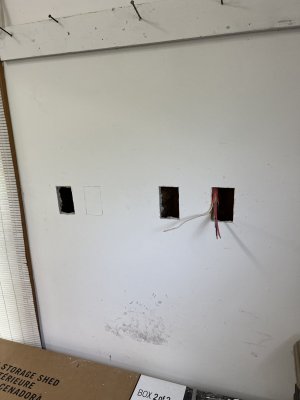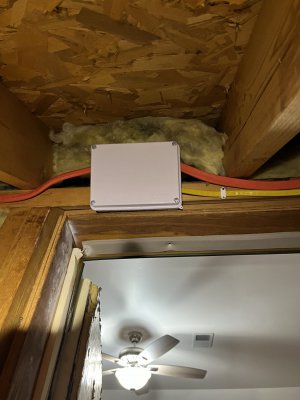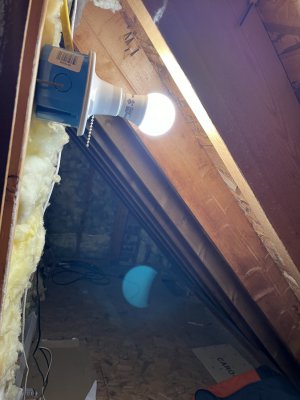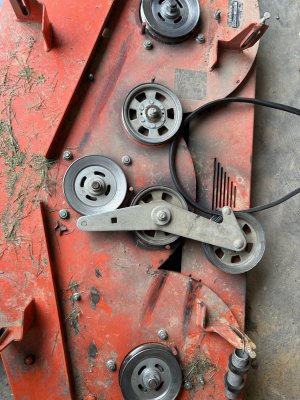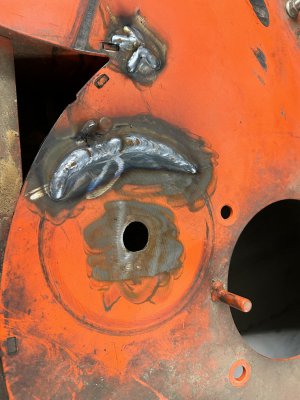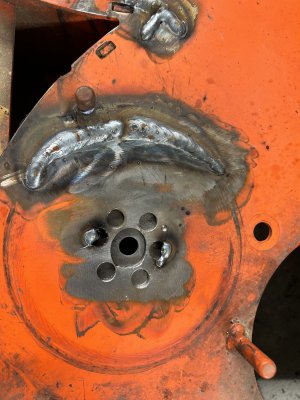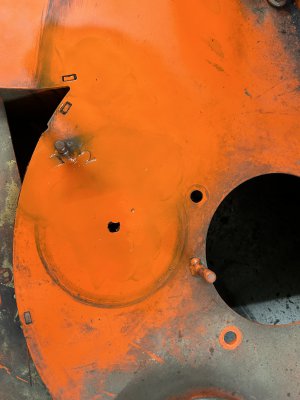Crane project was interrupted by an 'emergency' repair. Youngest daughter is helping a friend's Mom, who has a locksmith business. Basically she's getting trained in as a locksmith. A pair of pin tweezers was given to the young student, assuming Dad could fix them. One of the ends was broken, rendering them useless. A bit of fiddling, and figured out how to mount them. The original hole is under 1/8", but was cut with the tweezers held open some. Some brass shims were squeezed between them, then eyeballed the center line. Luckily I had a carbide drill about the correct size, otherwise I don't think this hardened stainless would have drilled. FYI, a pair of scissors will cut .020" brass. Was feeling lazy, and thought it worth the try.
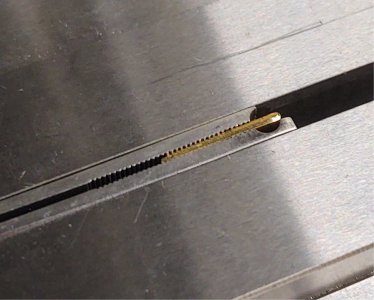
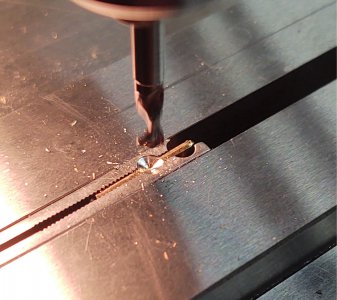
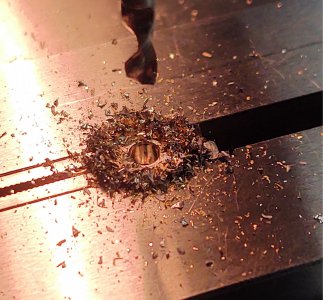
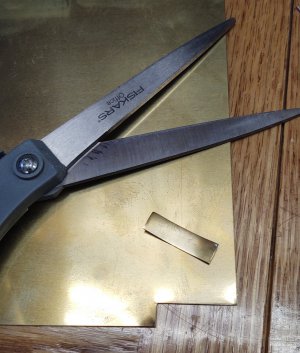
After that grueling project, the crane was forgotten about for the evening. The next night, was crane night again. The last step was to mill the pockets for the bearing blocks, which sets the roller depth. Shooting for a couple thousandth clearance on the square tube that fits in here. So, armed with outside measurements of the larger drive tube, and roller heights, the pocket depth was calculated. Then carefully zero the mill, and cut the pockets. .0081", .0089", and .0097". With the pockets cut, it rolled beautifully on the square tube. Very little friction to move the drive around, which was the goal.
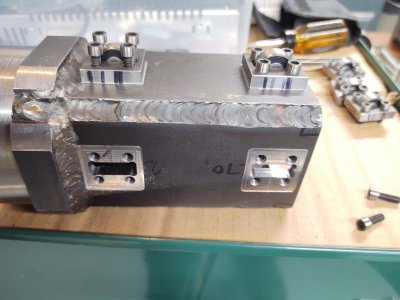
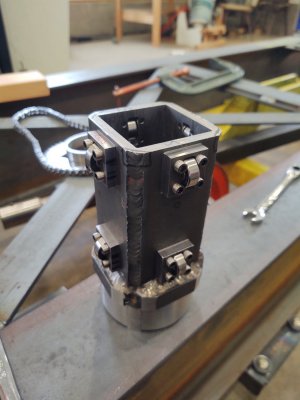
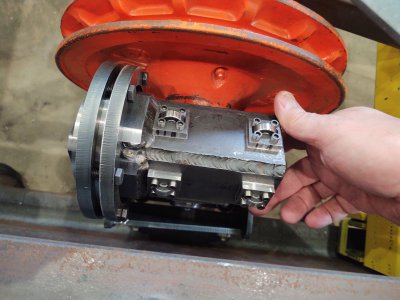
After that, stared machine shop cleanup. There's needle sharp chips and tools everywhere. So, cleaning progresses as follows. The first thing looked at or touched was cleaned up an put a way. Eventually hit the mill drill vise, which was full of old oil, chips, grease, and probably 15 year old cosmoline. Tore that down for a good cleaning and stoning. Looks much better!
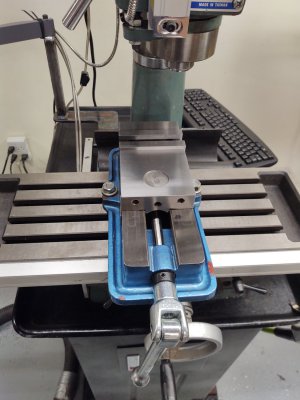
Next up was the lathe. Going through the QC tool holders, two empty ones were spotted! An LH and RH diamond tool holder have been sitting on the bench for months. So found them a home and roughly dialed them in. They should be ready to go for the next job.
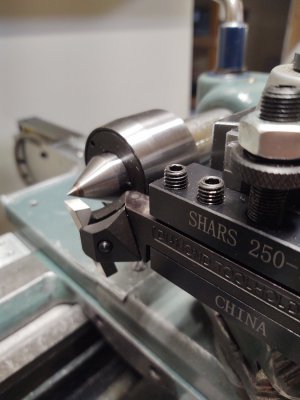
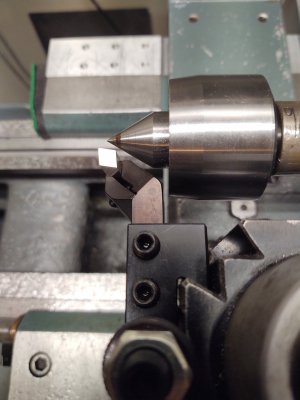
Lastly, I've been watching the beautifully scraped ways on the cross slide get scratched. Been extremely careful to keep junk off of there, but apparently not good enough. I think the top way surface isn't dead sharp after the rebuild, so chips can just get under the leading edge. Finally made the time to put together a way wiper. Lots of fiddling to get the aluminum formed and trimmed and felt cut. Left a small oiling hole for the felt, so I can oil the felt directly. Tested it out, and it leaves a really nice film of oil behind. Hopefully that will prevent any more damage.
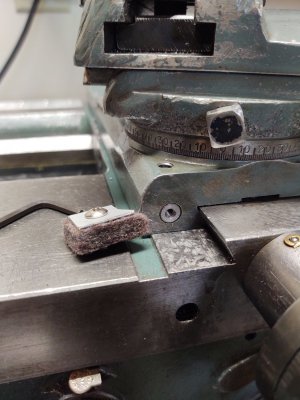
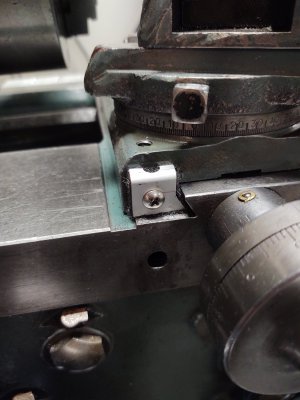
A bit more cleaning on the Lathe, then the CNC mill. Maybe get to the point of mopping the floor again. The epoxy keeps it looking nice, and a quick mopping wipes up any excess oil that gets spilled. That epoxy was worth the time doing!
